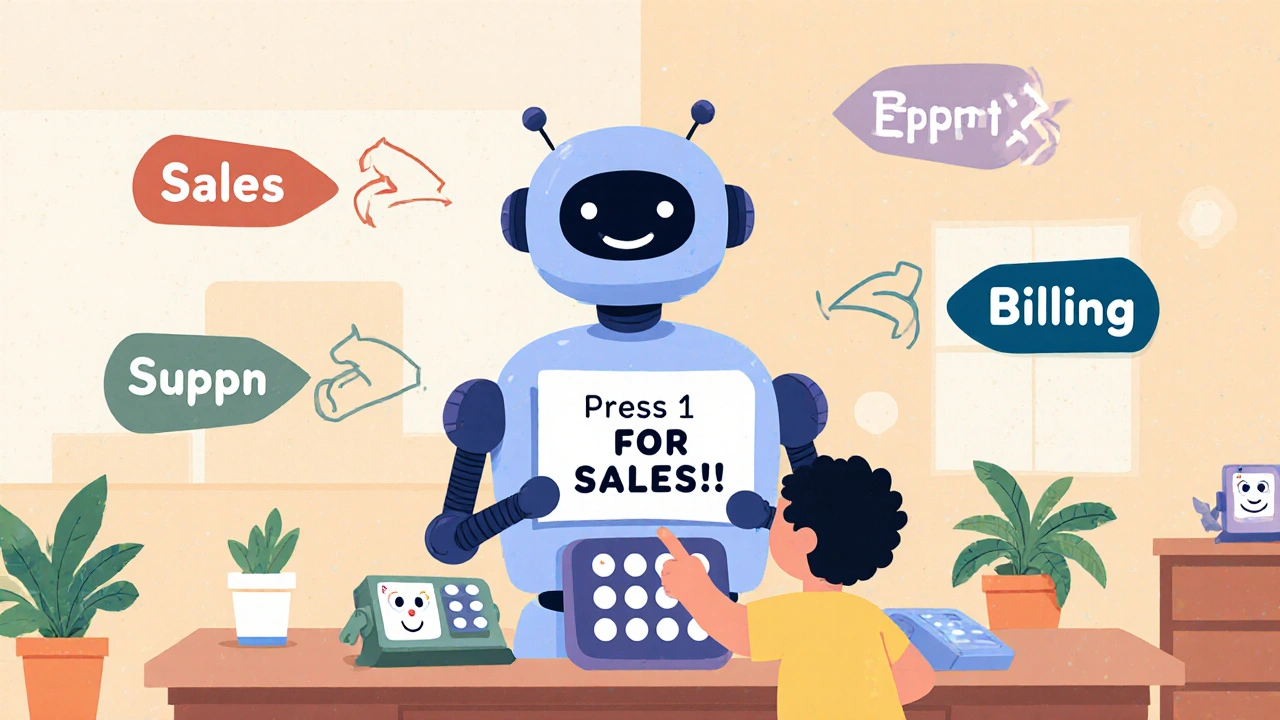Auto-Attendant: What It Is and How It Saves Time for Small Businesses
When you call a business after hours and hear a friendly voice say, "Press 1 for sales, 2 for support," that’s an auto-attendant, a digital receptionist that answers and routes incoming calls without a human. Also known as IVR, it’s the silent hero behind smooth customer service for companies of all sizes. You don’t need a receptionist sitting at a desk to handle calls—just a VoIP system and a few minutes to set it up.
Most small businesses and remote teams use auto-attendant to stop missed calls, reduce wait times, and guide callers to the right department. It works hand-in-hand with virtual receptionist tools that can play custom greetings, transfer calls to mobile phones, or even send voicemails as emails. For teams spread across time zones, it’s the only way to stay reachable without burning out staff. And unlike old-school phone systems, modern auto-attendants don’t need expensive hardware—they run in the cloud, update automatically, and scale with your business.
It’s not just about answering calls. A good call routing system uses rules like time of day, caller ID, or even the number dialed to send traffic where it’s needed most. A customer calling your billing line gets routed differently than someone trying to reach your sales team. And when your team is working from home, the auto-attendant can forward calls to their personal phones without revealing their number. That’s privacy and professionalism in one package.
Many users don’t realize how much time this saves. One study found that businesses using auto-attendants reduced call handling time by 40%—not because agents work faster, but because callers aren’t stuck on hold or bounced between departments. You can also track which options people pick, helping you spot where callers get stuck or confused. That’s data you can use to tweak your menu, shorten prompts, or even add new departments.
Setting one up doesn’t require coding or IT staff. Most VoIP providers like RingCentral, Nextiva, or Google Voice include basic auto-attendant features in their plans. You just record your greeting, pick the menu options, and assign extensions. Need to add a holiday message? Update it in five minutes. Want to route calls from a new office location? Done.
Below, you’ll find real-world guides on how to build and improve your auto-attendant system. From setting up custom greetings that sound human, to avoiding the common mistakes that frustrate callers, to integrating it with your remote team’s workflow—every post here is written for people who just want their phone system to work better. No fluff. Just what works.
